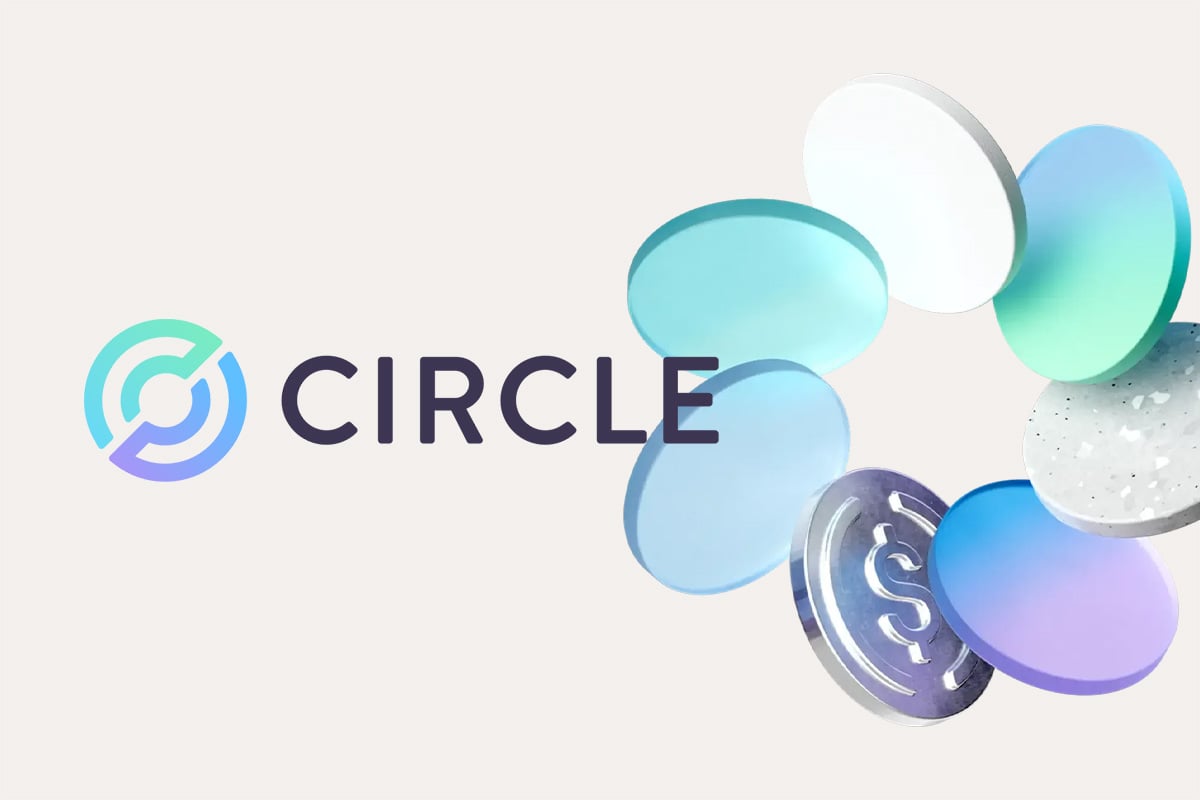TLDR
- Circle is exploring the possibility of adding reversible transactions to USDC payments to reduce fraud and disputes.
- The company aims to make blockchain payments more appealing to financial institutions by aligning them with traditional finance standards.
- Circle is testing Arc, a new blockchain designed for institutional use, to enable large-scale stablecoin transactions.
- The proposed “counter-payment” layer could allow transaction reversals off-chain, similar to how credit card refunds work.
- Circle’s efforts to refine USDC come amid growing support for stablecoins in Washington and the financial sector.
Circle, the issuer of $74 billion in USDC stablecoins, is considering adding reversible transaction capabilities to enhance fraud protection. The move aims to bring blockchain payments closer to the standards of traditional finance (TradFi). Speaking with the Financial Times, Circle President Heath Tarbert highlighted the company’s desire to offer refund options for USDC payments in cases of disputes or fraud. However, he emphasized the challenge of doing so without undermining the finality of blockchain transactions.
Efforts to Adapt Blockchain to Traditional Finance
Circle’s potential shift reflects its efforts to bridge the gap between blockchain technology and traditional financial systems. Tarbert explained that adding the ability to reverse transactions would allow businesses to reduce risks in digital payments. At the same time, Circle must preserve the immutability and security that blockchain networks are known for.
“There’s an inherent tension between being able to transfer something immediately, but having it be irrevocable,” Tarbert said.
This quote underscores the complexities Circle faces as it seeks to make USDC more acceptable to institutional users. Many traditional financial institutions remain hesitant to adopt blockchain-based solutions due to concerns about irreversible transactions.
The company recently began testing Arc, a new blockchain designed for institutional use. Arc could potentially support large-scale transactions, including foreign exchange settlements, using stablecoins. However, critics argue that Arc’s centralized nature may clash with the decentralized ethos of blockchain technology.
Stablecoin Regulations Gain Momentum in Washington
While Arc will not directly allow transaction reversals, Circle is exploring a “counter-payment” layer. This layer would function similarly to how credit card refunds work, enabling users to reverse transactions off-chain. By allowing institutions to agree on reversing payments transparently, Circle hopes to reduce fraud risks and increase adoption among large financial players.
This initiative could be key in making blockchain-based payments more attractive to large banks and asset managers. Many of these institutions are wary of blockchain’s irreversibility, which could lead to irreversible errors or fraud. The potential for reversible transactions might give them the confidence to move forward with stablecoin-based payments.
Circle’s ongoing efforts to expand the use of USDC also align with broader industry trends. Stablecoins are gaining significant traction in Washington, with a federal bill regulating the sector passed in July. The US government sees stablecoins as a way to extend the dollar’s reach in global markets, which could have a lasting impact on the financial sector.
Circle Focuses on Liquidity and Compliance
Circle continues to adjust its strategy as it anticipates USDC’s growth. Goldman Sachs predicts that the USDC market will reach $77 billion by 2027. Circle is positioning its products to cater to this expanding market, with a focus on ensuring liquidity and regulatory compliance.
With stablecoins expected to grow significantly, Circle’s efforts to refine its platform are crucial. The Treasury Department forecasts the stablecoin market will surpass $2 trillion by 2028. In this landscape, Circle’s innovative solutions, including the potential for reversible payments, could play a pivotal role in the future of global finance.






